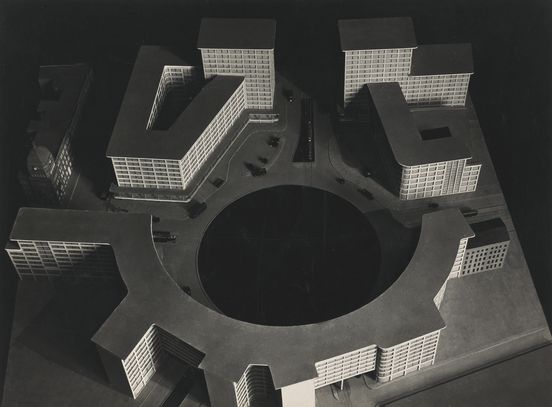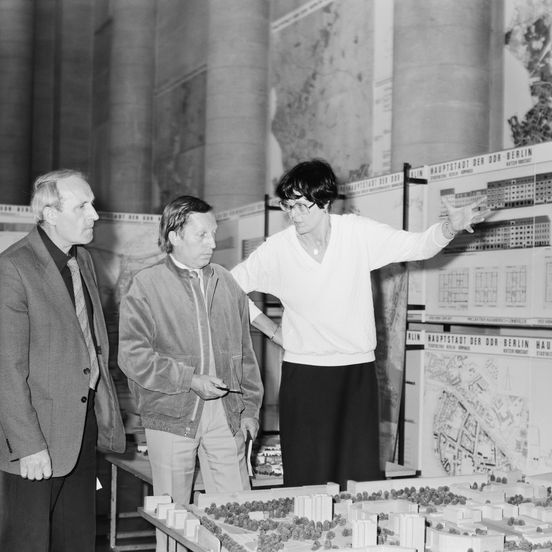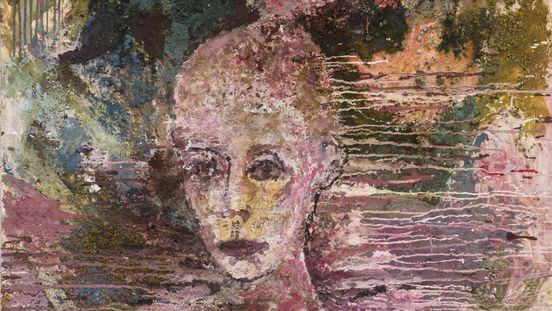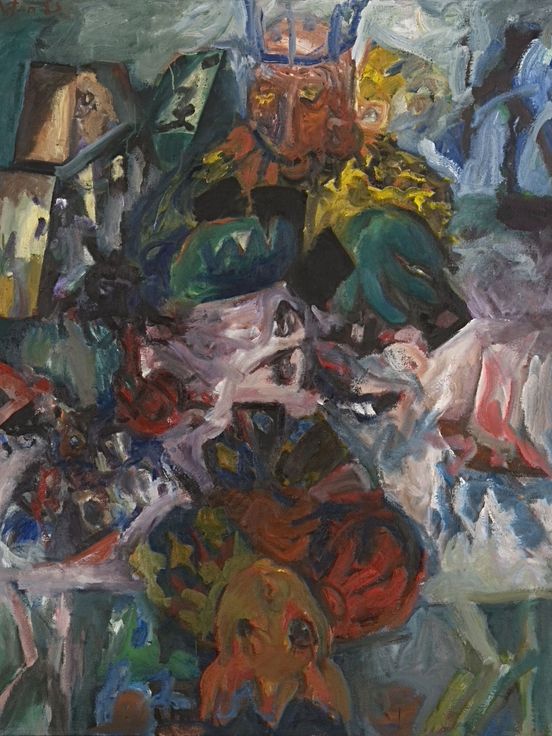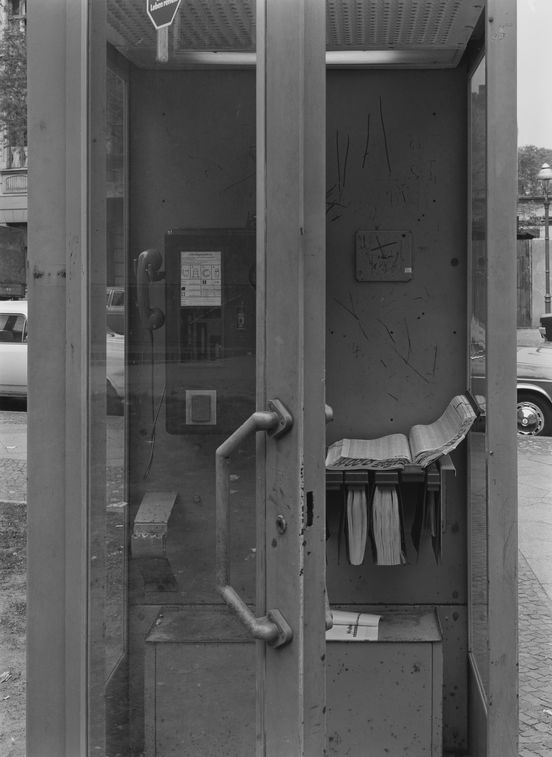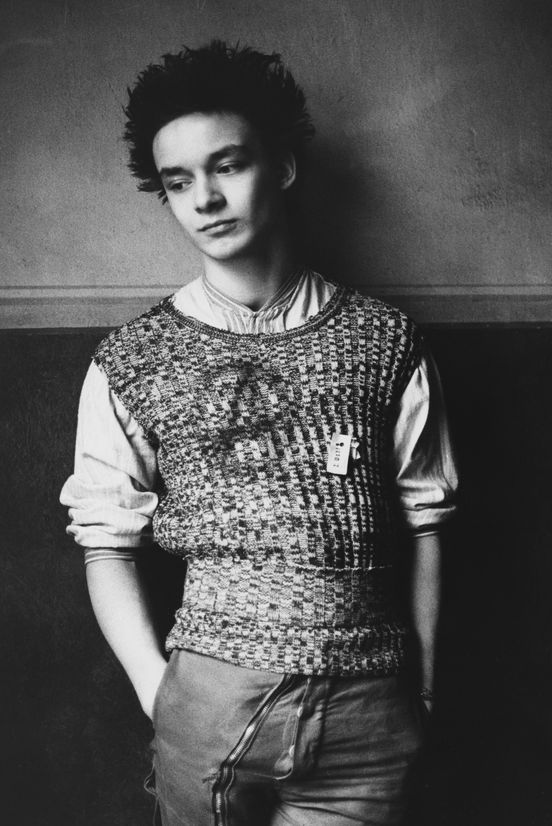The biggest, most significant collection of architectural material about the city of Berlin is held by the Berlinische Galerie. These ever-expanding archives serve as a basis for exhibitions and teaching, international research and publications. One valuable section consists of records about architectures in East Berlin in the years from 1949 to 1989. Researchers cataloguing this material have turned up information about women who helped significantly as architects to rebuild East Berlin as the capital of the GDR. Most of these women belonged to collectives led by men. What precise role they played is hard for an outsider 3 to define. Public visibility for individual achievements was not encouraged. Any finished work – so the intended message – was the result of a shared process. This continues to hamper research and we have no full view of how women contributed to the city’s former eastern sector as architects and urban planners. The documents and film footage on display here, some for the first time, offer insights into our current state of knowledge. They show that individual East German women had a hand in construction’s royal discipline: design.
The exhibition features alternating works by:
Marianne Battke (*1940), Iris Dullin-Grund (*1933), Ludmilla Herzenstein (1906–1994), Dorothea Krause (1935–2024), Gertraude Lehmann (*1935), Gertrud Schille (*1940), Solweig Steller-Wendland (1942–2019) and Dorothea Tscheschner (1928–2024).
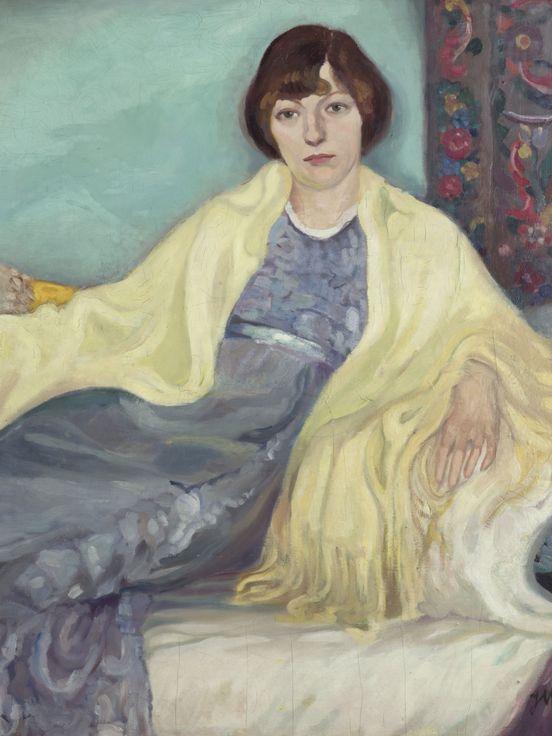
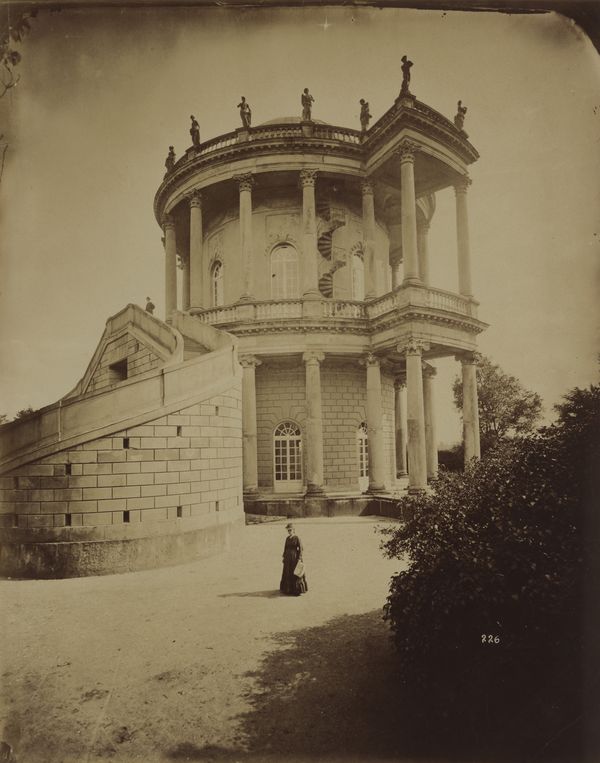
![[Translate to English:] Hannah Höch, Roma, 1925 A crouching, hunched figure in the foreground, surrounded by architectural fragments reminiscent of a church's exterior. The composition blends painterly elements with collage-like structures, reflecting the artist's political satire.](/assets/_processed_/5/4/csm_Hannah-Hoech_Roma_1925_Berlinische-Galerie_76c3ce0411.jpg)
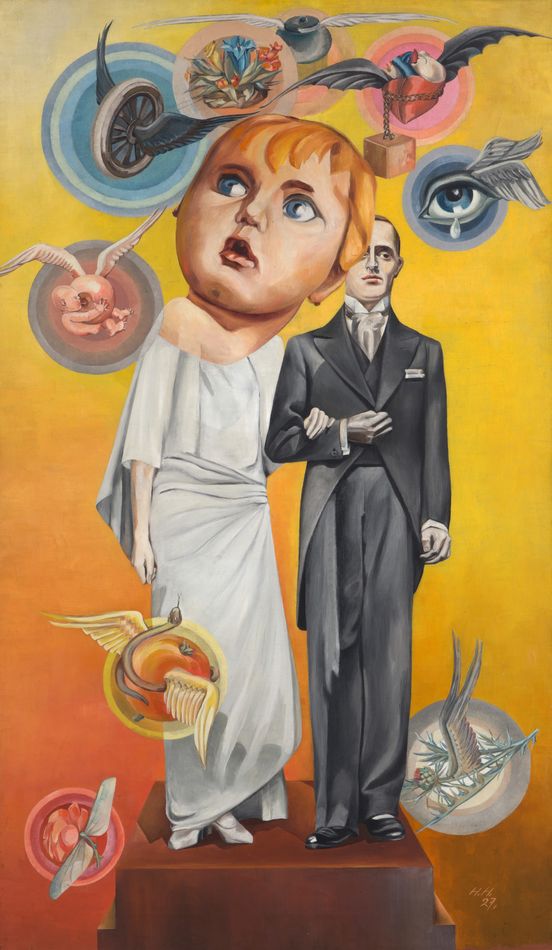
![[Translate to English:] Berlinische-Galerie-Ausstellungen-Berlin-Besuch Photo: Adults and a child during a guided tour. They are standing around a sculpture.](/assets/_processed_/2/8/csm_Ausstellungen-Berlin_Besuch_13_f0c2f86506.jpg)
